Ecohydrology is an interdisciplinary science bridging hydrology and ecosystem science. Ecohydrology answers some of the most pressing questions facing human society. For example, how does earth system respond to climate change? Whether we will have enough food to feed everyone under climate change?
What are your undergraduate and graduate degrees in?
My BS degree is in Biology (Hebei University) and PhD degree is in Environmental Science (University of Virginia). I had two great PhD advisors - Dr. Steve Macko taught me everything about stable isotopes (which is a major tool I use in ecohydrology), and Dr. Paolo D’Odorico led me to the exciting field of ecohydrology.
How did you arrive at working in/thinking about ecohydrology?
My PhD work focused on savanna ecosystems in southern Africa, where ecohydrology is very relevant and important. That is where my ecohydrology journey started. My postdoc work with Dr. Kelly Caylor reinforced my passion in dryland ecohydrology.
What do you see as an important emerging area of ecohydrology?
I’m sure everyone has their own perspectives. I think how vegetation responds to water-stress across scales and the interactions between water and biogeochemical cycles are two important emerging areas. Big data is also an important emerging area not only to ecohydrology, but to most disciplines.
Do you have a favorite ecohydrology paper? Describe/explain.
I have difficulty answering “favorite” questions. I remember reading the following paper repeatedly when I first started appreciating stochastic modeling framework and thinking about the linkage between hydrology and biogeochemical cycles.
Porporato, A., D’odorico, P., Laio, F. and Rodriguez-Iturbe, I., 2003. Hydrologic controls on soil carbon and nitrogen cycles. I. Modeling scheme. Advances in Water Resources, 26(1), pp.45-58.
What do you do for fun (apart from ecohydrology)?
I enjoy traveling to appreciate various landscapes and to experience different cultures. I enjoy reading biography books and see how the great minds think of lives. I was a big fan of science fiction when I was young and still truly enjoy them when I get time.
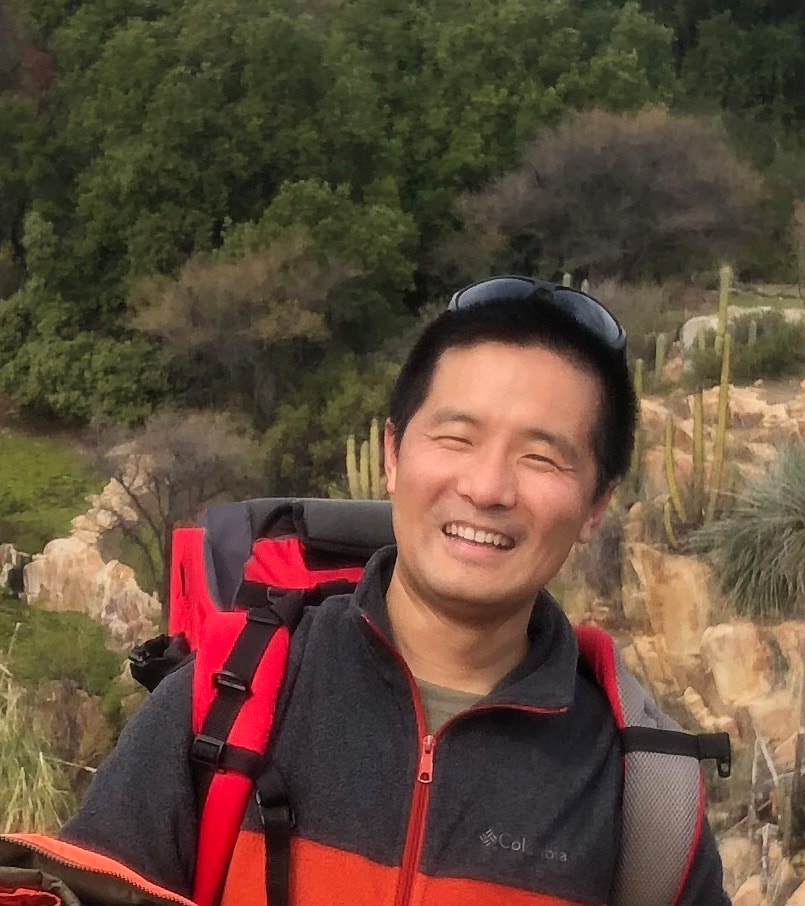
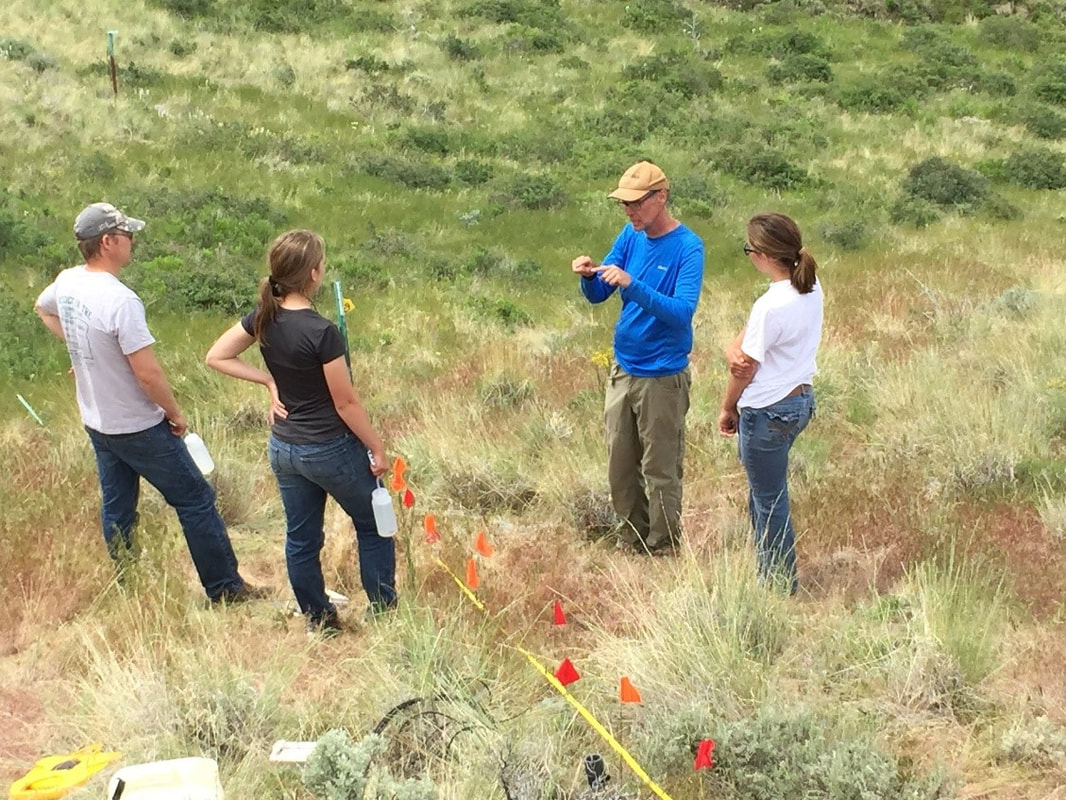
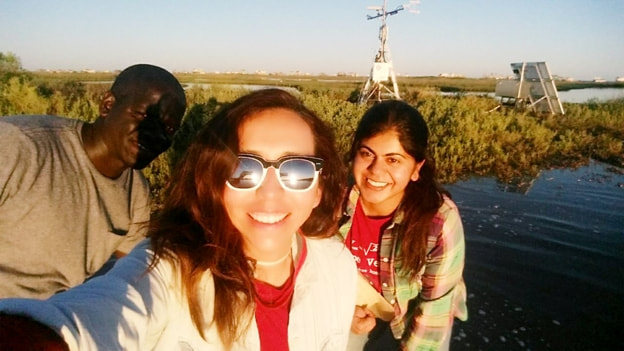
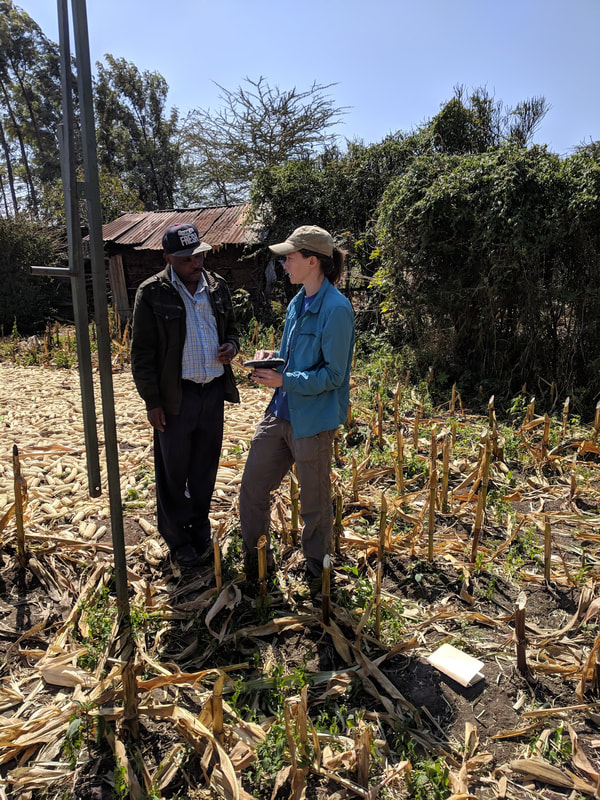
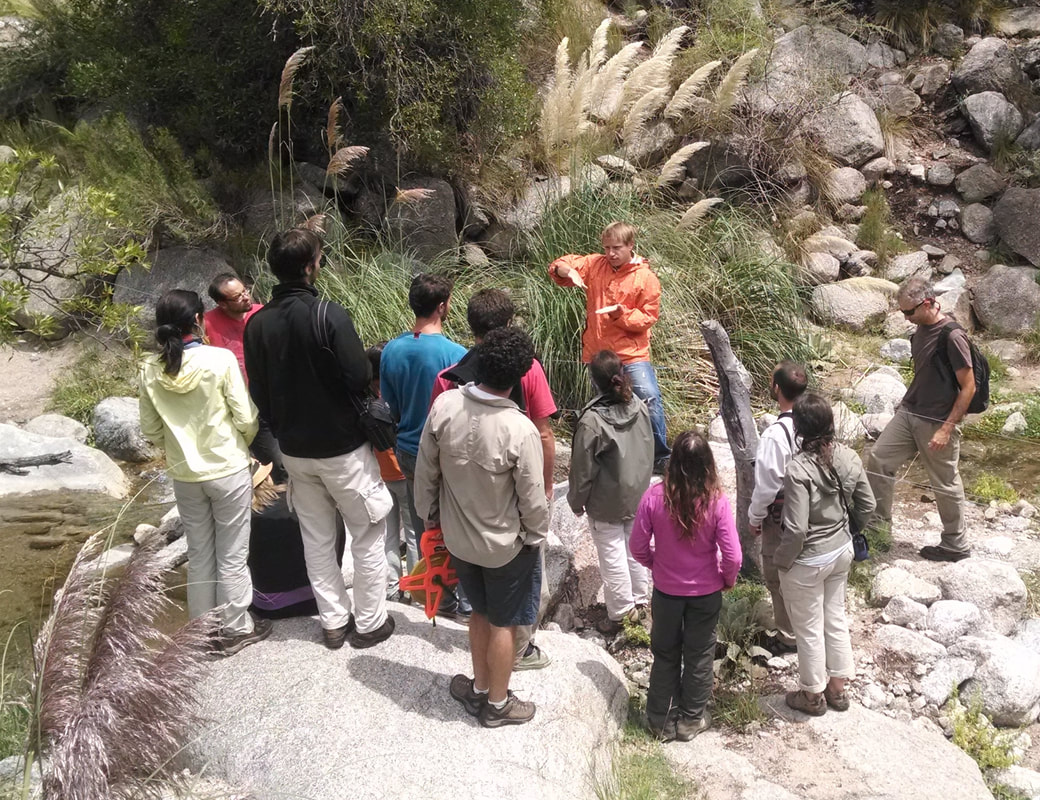
 RSS Feed
RSS Feed